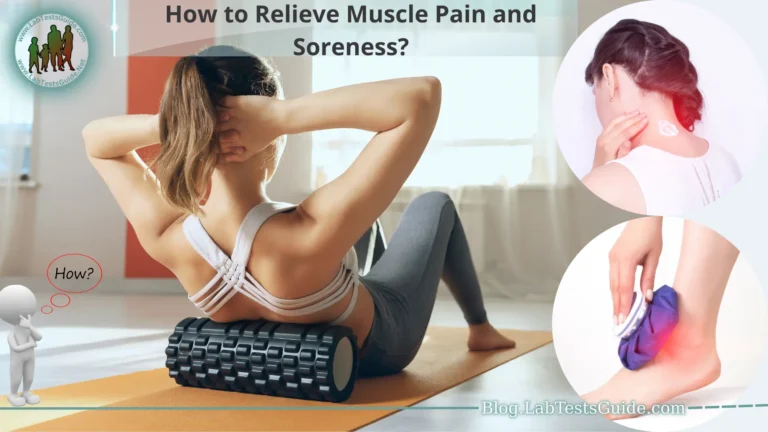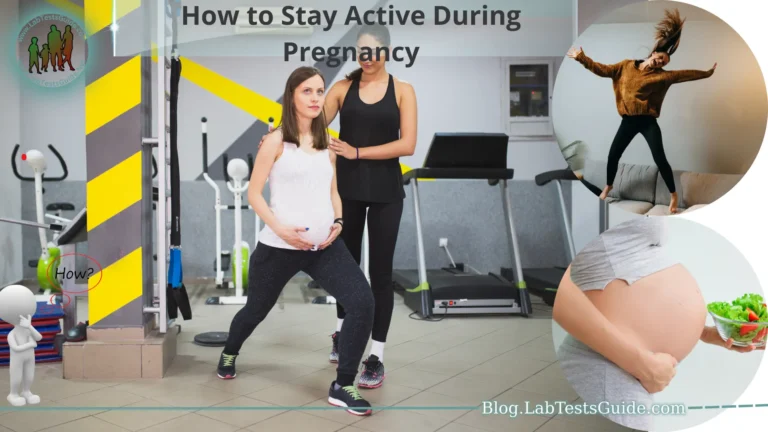Types of Exercise: Exercise is an essential component of a healthy lifestyle, contributing to overall physical well-being and mental health. Engaging in regular physical activity can improve cardiovascular fitness, enhance strength and flexibility, boost energy levels, and promote weight management. Additionally, exercise has been linked to reducing the risk of various chronic diseases, such as heart disease, diabetes, and certain types of cancer.

There are numerous types of exercises that cater to different fitness goals, preferences, and fitness levels. From high-intensity workouts to low-impact activities, there is something for everyone. Whether you enjoy cardiovascular activities like running and cycling, prefer strength training with weights, or find solace in the mind-body connection of practices like yoga and tai chi, the options are vast.
In this guide, we will explore 15 different types of exercises, each offering unique benefits and targeting various aspects of fitness. We’ll delve into the descriptions, characteristics, and potential advantages of each exercise type, allowing you to gain a broader understanding of the options available to you. Remember that it’s crucial to choose exercises that align with your abilities and goals, and it’s always recommended to consult with a healthcare professional or fitness expert before starting a new exercise program.
Embark on this journey through the world of exercises and discover the activities that resonate with you. Whether you’re seeking to improve your cardiovascular endurance, build strength and muscle tone, enhance flexibility, or simply find joy in movement, there’s an exercise type waiting to empower you on your fitness journey. Let’s dive in and explore the diverse range of exercises that can help you lead a healthier, more active life.
Types of Exercise:
Here are 15 types of exercise:
- Running: An aerobic exercise that improves cardiovascular fitness and helps burn calories.
- Walking: A low-impact exercise that is accessible to people of all fitness levels and can be done almost anywhere.
- Cycling: Riding a bicycle helps build leg strength, improves cardiovascular health, and is a low-impact activity.
- Swimming: A full-body workout that is gentle on the joints, improves cardiovascular fitness, and builds muscle strength.
- HIIT (High-Intensity Interval Training): Involves short bursts of intense exercise followed by periods of rest or lower-intensity exercise. It helps improve cardiovascular fitness and burns calories effectively.
- Strength Training: Using weights, resistance bands, or bodyweight exercises to build muscle strength, increase bone density, and boost metabolism.
- Yoga: A practice that combines physical postures, breathing exercises, and meditation to improve flexibility, balance, and overall well-being.
- Pilates: Focuses on core strength, stability, and flexibility through controlled movements and specific breathing techniques.
- Tai Chi: A low-impact exercise that combines gentle movements, deep breathing, and meditation to improve balance, flexibility, and relaxation.
- Dance: Various dance styles, such as ballet, salsa, or hip-hop, offer cardiovascular benefits, improve coordination, and provide an enjoyable way to stay active.
- Jumping Rope: A simple and effective exercise that improves cardiovascular fitness, coordination, and agility.
- Circuit Training: Involves a series of exercises performed in a sequence with minimal rest, targeting different muscle groups for a total-body workout.
- Aerobic Classes: Joining classes like Zumba, kickboxing, or step aerobics provides a fun and energetic way to improve cardiovascular fitness and coordination.
- Flexibility Training: Activities such as stretching, yoga, or Pilates that focus on improving joint range of motion and muscle flexibility.
- Balance Training: Exercises that challenge stability and improve balance, such as standing on one leg, using balance boards, or practicing yoga poses like tree pose.
Remember to choose exercises that align with your fitness goals, interests, and physical abilities. It’s always a good idea to consult a healthcare professional or fitness instructor before starting a new exercise program, especially if you have any underlying health conditions.
Table of Exercise Type :
| Exercise Type | Description |
| Running/Jogging | Continuous running or jogging at a steady pace for cardiovascular endurance. |
| Walking | Low-impact exercise involving walking at various speeds to improve cardiovascular health. |
| Cycling | Riding a bicycle for aerobic exercise, which strengthens leg muscles and improves cardiovascular fitness. |
| Swimming | Full-body workout in water, providing cardiovascular benefits while being gentle on the joints. |
| Strength Training | Using resistance, such as weights or resistance bands, to build and tone muscles. |
| HIIT (High-Intensity Interval Training) | Alternating short bursts of intense exercise with brief rest periods, maximizing calorie burn and endurance. |
| Yoga | Physical postures, breathing exercises, and meditation to improve flexibility, strength, and overall well-being. |
| Pilates | Focusing on core strength, flexibility, and posture through controlled movements and breathing techniques. |
| Dance | Various dance styles for cardiovascular health, coordination, and flexibility. |
| Tai Chi | Slow, flowing movements promoting balance, flexibility, and relaxation. |
| CrossFit | High-intensity strength and conditioning program combining weightlifting, cardio, and bodyweight exercises. |
| Kickboxing | Martial arts-inspired workout with punches, kicks, and knee strikes for a high-energy cardiovascular workout. |
| Circuit Training | Moving through a series of exercises targeting different muscle groups with minimal rest in between. |
| Aerobics | Rhythmic movements like jumping jacks and kicks, combined with music for an enjoyable and effective workout. |
| Calisthenics | Bodyweight exercises like push-ups, squats, and planks to build strength, flexibility, and endurance. |
FAQs:
Why is exercise important?
Regular exercise offers a multitude of benefits for both physical and mental health. It improves cardiovascular fitness, strengthens muscles and bones, enhances flexibility, helps with weight management, boosts mood and mental well-being, reduces the risk of chronic diseases, and promotes overall longevity and quality of life.
How much exercise should I do?
The recommended amount of exercise depends on various factors, including age, fitness level, and overall health. Generally, adults should aim for at least 150 minutes of moderate-intensity aerobic exercise or 75 minutes of vigorous-intensity aerobic exercise per week, along with muscle-strengthening activities at least two days a week. However, it’s essential to listen to your body and consult with a healthcare professional to determine a suitable exercise regimen for your specific needs.
What are the different types of exercise?
There are various types of exercises, including cardiovascular exercises (e.g., running, swimming), strength training (using weights or resistance bands), flexibility exercises (e.g., yoga, stretching), high-intensity interval training (HIIT), low-impact exercises (e.g., walking, cycling), and mind-body practices (e.g., yoga, tai chi). Each type offers unique benefits and targets different aspects of fitness.
How do I choose the right exercise for me?
Choosing the right exercise depends on your personal preferences, fitness goals, and any specific considerations or limitations you may have. Consider activities you enjoy, your current fitness level, and any health concerns. It’s crucial to start gradually, listen to your body, and seek guidance from a fitness professional if needed.
Can I exercise if I have a health condition?
In many cases, exercise can be beneficial for managing and improving certain health conditions. However, it’s important to consult with a healthcare professional before starting or modifying an exercise program, especially if you have underlying health conditions or concerns. They can provide guidance on suitable exercises, intensity levels, and any precautions you need to take.
How do I stay motivated to exercise regularly?
Staying motivated can be challenging at times, but there are several strategies you can try. Set realistic goals, find activities you enjoy, vary your workouts to keep things interesting, exercise with a friend or join a group, track your progress, reward yourself for accomplishments, and remind yourself of the benefits and how good you feel after exercising.
Can I exercise during pregnancy?
In most cases, exercise during pregnancy is safe and beneficial for both the mother and baby. However, it’s important to consult with a healthcare provider to ensure you choose appropriate exercises and modify them as needed. Certain high-impact or contact sports may need to be avoided, and it’s essential to listen to your body and make adjustments as your pregnancy progresses.
Remember, these FAQs provide general information, but individual circumstances may vary. It’s always recommended to seek personalized advice from healthcare professionals or fitness experts for specific exercise recommendations based on your unique needs and considerations.
Conclusion:
Exercise is a powerful tool for improving physical fitness, mental well-being, and overall health. With a wide range of exercise types to choose from, there’s something for everyone, regardless of fitness level, preferences, or goals. From cardiovascular activities like running and swimming to strength training, yoga, and more, each exercise type offers its own set of benefits and can contribute to a well-rounded fitness routine.
By incorporating regular exercise into your lifestyle, you can reap numerous advantages such as improved cardiovascular endurance, increased strength and flexibility, better mood and mental clarity, weight management, and a reduced risk of chronic diseases. However, it’s important to remember that everyone is unique, and exercise should be tailored to individual needs and abilities.
Before starting a new exercise program or making significant changes to your current routine, it’s advisable to consult with a healthcare professional or fitness expert. They can provide personalized guidance, consider any underlying health conditions or concerns, and help you create a safe and effective exercise plan.
So, whether you prefer the invigorating intensity of high-intensity interval training, the calming practice of yoga, or the energizing effect of a brisk walk, the world of exercise is yours to explore. Embrace the variety, listen to your body, and make exercise a regular part of your life to experience the transformative benefits it can bring. Start your fitness journey today and enjoy the positive impact that exercise can have on your well-being and overall quality of life.






